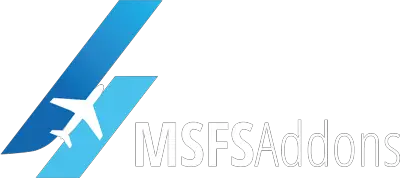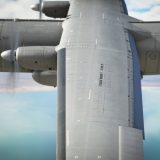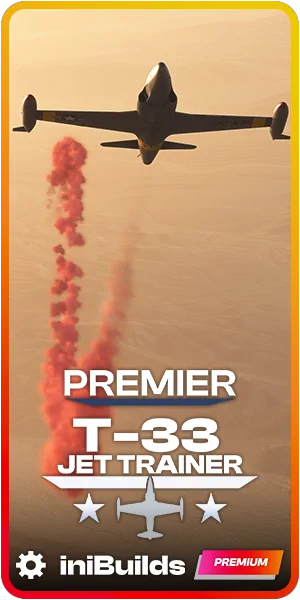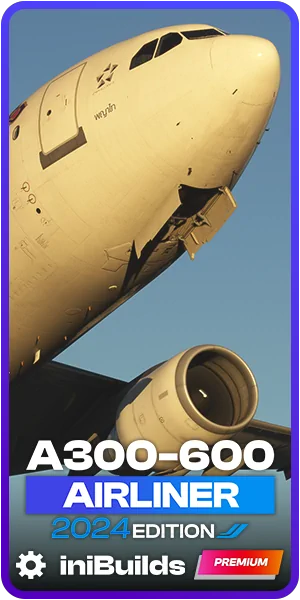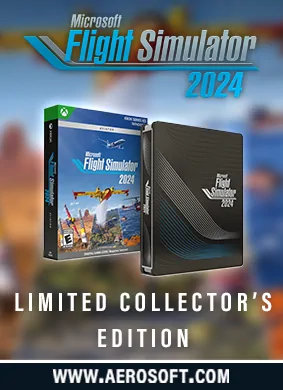Watch how the MSFS team is bringing gliders to life for the upcoming 40th Anniversary Edition
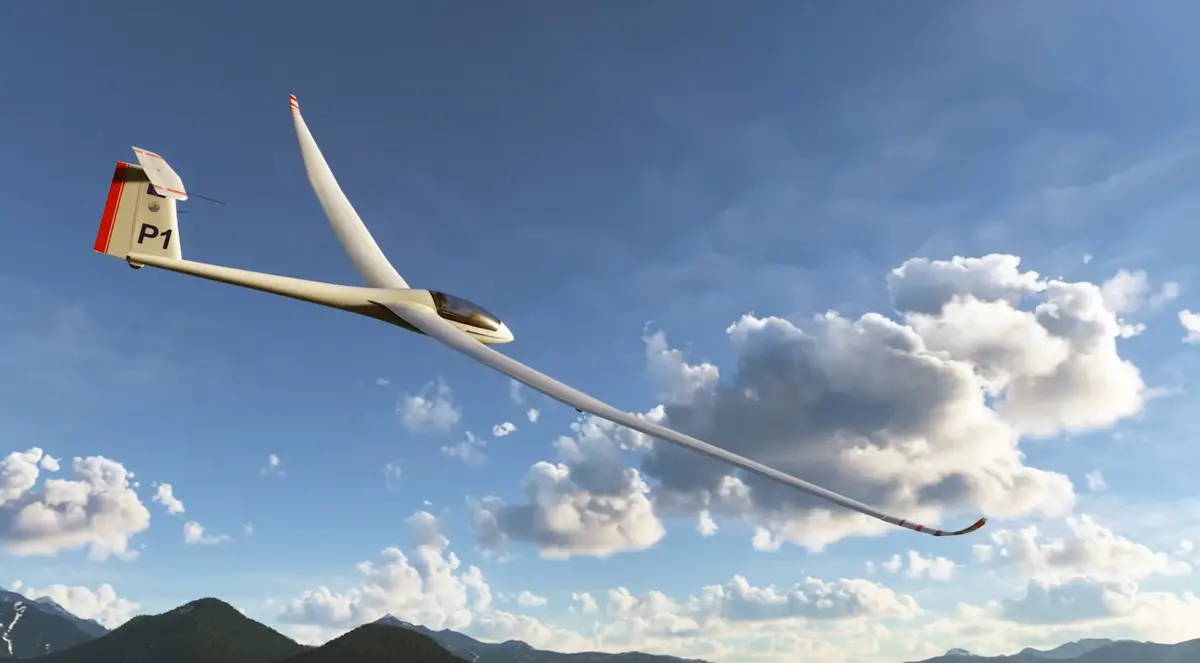
Glider pilots have been waiting for more than two years for official glider support in Microsoft Flight Simulator. Third-party developers such as Got Friends and Touching Cloud have made impressive strides towards a functional and fairly realistic simulation of soaring in the simulator, but it’s a whole other deal to have a set of native mechanics that serve as a baseline for developers to work with. That’s finally happening next month!
To whet our appetite for the exciting times ahead, the MSFS team published a brand new Feature Discovery video that presents in great detail many of the new features dedicated to gliders that are coming to the simulator. Since the physics of soaring is highly dependent on meteorological conditions, many of the new changes being brought to the simulator are related to the implementation of specific weather systems, such as thermals and ridge lift. But there are some additional key areas that are also a focus for the development team.
The video starts by explaining the development process behind the actual gliders that will come for free with the 40th Anniversary Edition of MSFS (the DG Flugzeugbau LG8-18 and the DG Flugzeugbau DG1001E neo). The MSFS team contacted actual pilots of these gliders and asked for permission to 3D scan them, both inside and out, with the goal of getting the most accurate and detailed model of each model. Complemented by hundreds of reference photos, this data is being used to create these beautiful aircraft for MSFS.
Due to the lack of an engine (for the most part, anyway), flying in a glider is a nearly silent experience. Sure, the variometer breaks the silence with its typical noises of variable pitch, but other than that, it’s just the air flowing along the external fuselage and the canopy. These sounds of the wind are part of the joys of soaring, and it’s an experience that the MSFS team is keen on bringing to the virtual world as well. Audio design is a key component of this special glider-focused development process, so we should expect to hear realistic sounds that react according to the air impacting the glider at each given moment.
Certainly one of the coolest showcases in the video is related to the flight model and instrumentation, the actual dynamics that will make the glider soar as in the real world. It’s a very impressive sneak peek into what goes behind the whole thing, proving once again that MSFS is capable of immensely deep simulations with realistic interactivity between surfaces and the air. The awesome airflow visualizations make this even more impressive, not only as a visual presentation of how it all works, but as a testament to MS/Asobo’s commitment to delivering a truly high-fidelity sandbox that replicates so many variables related to flight.
Third-party developers will surely appreciate all of this. We know the Got Friends team is looking forward to updating their Discus-2c glider with all the native new features. The introduction of new glider models is sure to ramp up from now on as simmers dive deep into this fantastic way of flying and developers bring new models to the platform.
The future is bright for gliders in MSFS, and it starts just 2 weeks from now! We’ll be covering all the stunning new content coming your way on November 11th, so stay tuned for what is promising to be one of the most exciting months yet for Microsoft Flight Simulator!
